ADVERTISEMENT
ngo - Haiti Observer Blog
ngo, Haiti Observer Blog. Read the following articles about ngo
Aid organizations Cashing In Haiti, the republic of NGOs
Foreign NGOs Outsourcing Weakens Haitian Economy and its Sustainable Development
Immediately following Haiti's 2010 earthquake several billion dollars flowed into the country from the international community, primarily from non-government organizations (NGOs). Yet Haiti has little to show for it. So the question on everyone's mind is how has the money been spent?
ProPublica (PP) and National Public Radio (NPR) dug up the facts, and issued a report that condemns the Red Cross. In the report they claim the aid organization amassed half a billion dollars in donations but built only six homes in five years.
Don't you just get sick and tired about the usual pictures on Haiti on TV
I am getting sick and tired about the usual pictures that I see on TV, Newspaper, Youtube, and other medias whenever the Haiti subject comes up.
This is what I see for the most part: " We are doing a fundraising to buy shoes for Haitian children". "Donate so we can help the people of Haiti". "Fundraising to bring drinking water to Haiti". "Haiti the poorest nation in the western hemisphere".
Has this become a business?
Please don't take me wrong. There are real issues in Haiti. According to the latest study, some two-thirds of all Haitians are hungry. About 1.5 million Haitians face "severe" or "acute food insecurity.
Hotline to Fight Corruption in Aid Programs in Haiti
Since 2010 when Haiti's 7.0 magnitude earthquake struck, hundreds of millions of dollars have been donated by individuals, foundations, and non-government organizations (NGO) to aid in reconstruction efforts. But very little of that money has actually been used for the dozens upon dozens of projects necessary to getting Haiti's infrastructure repaired and strengthened. Many factors are involved that have thrown up blockades toward achieving more and faster progress in planning and implementing building and road-reconstruction projects, as well as human-aid services.
Three reasons are interfering with the re-building of Haiti: many donors have not honored their pledges, mis-spending has occurred, and the government of Haiti (GOH) has not provided transparency in its spending accountability practices.
Anse-a-Galets Example of Strong Infrastructure
Anse-à-Galets, cityship in the La Gonâve Arrondissement, part of Ouest Department, is situated on the northeastern coastal area of La Gonâve Island. It is divided into six communes: Grande Source, Palma, Grand Lagon, Petite Source, Petite Anse, and Picmy.
Anse-à-Galets is renowned for its immaculate white-sand beaches. Paired with the hot and steamy clime of the island, it is a tourist magnet. Other parts of Anse-à-Galets's coastline are populated by colonies of large boulders with prominent cliff-faces dripping with abundant vegetation.
One of the few small towns to have an airport, Anse-à-Galets Airport, its airstrip plays host to charter planes arriving from Port-au-Prince. In addition, the Camp Carnages Airport, close by, helps to serve the area well.
Haitian Firms get One Percent of $1 Billion-Plus Reconstruction Funds
Center for Economic and Policy Research (CEPR) released a report that of $1.15 billion donated to Haiti post the earthquake, only one percent was received by Haitian firms, $1.15 million. The bulk of pledges was delivered to American-based corporations.
CEPR says it's impossible to find out where all the monies went. The problem is not who the main beneficiaries are, but where they are administering funds. For example, how much is spent on capital expenditures, administrative costs, transportation, and living allowances? And what amount has gone to Haiti's infrastructure?
United States Inter-Agency Development (USAID) organization, global disburser of monies, has refused comment on improprieties CEPR's report has hinted at. It has not offered any explanation why Haitian firms have received such a small share of funding, while Chemonics International Inc. (CII) has disproportionately been given $680 million in the last year. CII is the biggest beneficiary of USAID monies globally. Its $196-million share over the last three years outstrips combined totals of the second, third, and fourth beneficiaries on the disbursement list.
Thomazeau, Keep Hope Alive
Thomazeau, a small village in the Croix-des-Bouquets Arrondissement, is under the Ouest Department. The population, numbering 52,017, experiences grinding poverty. Many of the homesteads house up to 13 occupants, living in cramped spaces, with probably no electricity or running water.
However, one non-government organization (NGO), The New Life Community Project of Thomazeau (NLCPT), has been operating several programs to give the residents fresh hope. NLCPT is helping the villagers de-contaminate their drinking water, get healthcare services, and attend school. NLCPT has also opened an orphanage for abandoned children, attended to the community's spiritual needs, and offered funding for other programs.
Road infrastructure is abysmal in Thomazeau. Like other small villages in Haiti, the roads remain unpaved and dangerous, owing to enormous potholes. When heavy downpours happen during the rainy season, the roads cannot be navigated at all.
Haitian Town Cerca la Source working toward Modernization
Cerca la Source, known as Sèka Lasous in Creole, is a city-ship part of Cerca la Source Arrondissement. A small city of 40,270 residents, it is located close to the Dominican Republic border.
Cerca la Source, founded in 1898, is a strong Catholic community. But it still practices animal ritual sacrifice for holiday celebrations. The religious life of the community revolves around St. Francis of Assisi Church, with religious feasts and holidays, retreats, conferences, and education seminars taking place at the church.
The government of Haiti has given little attention to Cerca la Source, leaving the task of developing the city to non-government organizations. With city government allocations, NGOs have built and installed solar street lights, put a cell phone tower up in town, and made road improvements.
What do we Haitians get for helping to Re-elect Barack Obama?
This is not scientific but I can safely say that more than eighty percent of Haitians who are eligible to vote in the US actually voted for Barack Obama this past election. People may have different reasons. Some Haitians voted for Obama because they believe that he is for poor people. Others think he is pro immigrant and wanted to thank him for the TPS he gave Haitians recently. Some Haitians also voted for Obama just because he is Black. That's OK too.
However, just like the other groups after voting for a candidate who wins an election, the Haitian community should expect something in return. We have issues within the Haitian Diaspora living in the US as well as back home in Haiti.
Boucan-Carre Setback from 2010 Earthquake
Boucan-Carré, a cityship in the Mirebalais Arrondisement, situated within the Centre Department of Haiti, is made up of three communal divisions: Duffailly, Petite Montagne, and Les Bayes.
Boucan-Carré's topography contains immense tracts of mountain terrain and plunging hollows. The Boucan-Carré River slices through the heart of the town of Chambeau. The chief means of income for residents of Boucan-Carré are agricultural farming and the charcoal industry.
Several non-government organizations (NGO) have stepped up to help improve the infrastructure beginning in the early 2000's. Haiti Outreach Program, Give Haiti Hope, and Partners in Health, all U.S.-based NGOs, have subsidized two schools, a church, and hospital. The hospital, a full-service facility, has grown from its modest beginnings as a community clinic.
Arrondissement of Corail
Corail is a town in Haiti. In the Grand'Anse Department, it is a municipality in the Corail Arrondissement. It is located at a 155 meters altitude above the level of the sea. Corail is located at 73° 53' 0" West and 18° 34' 0" North.
After the earthquake that took place in 2010, there was rapid growth in the population as people in thousands, trotted into Corail. In Haiti, it is known as the only 'official camp' which has been set up in April 2010, thanks to the Haiti government.
A lot of planning was involved in Corail's camp construction. However a large number of NGOs or non-governmental organizations provided aid with trouble rooms and clean latrines and water in the camp.
Our objective is to share with you news and information about Haiti and the people of Haiti. Traditions, habits and the way we were or grew are alive in this site. We highly recommend that you Subscribe to our Newsletter and also share with us some of the things that are memorable and made us unique people.

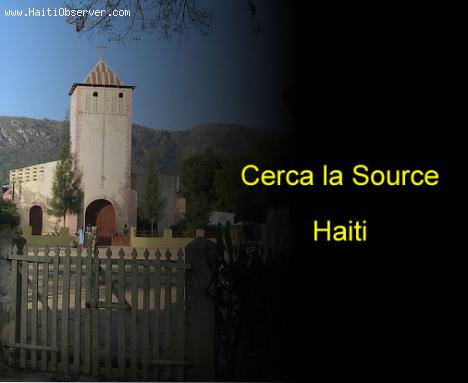
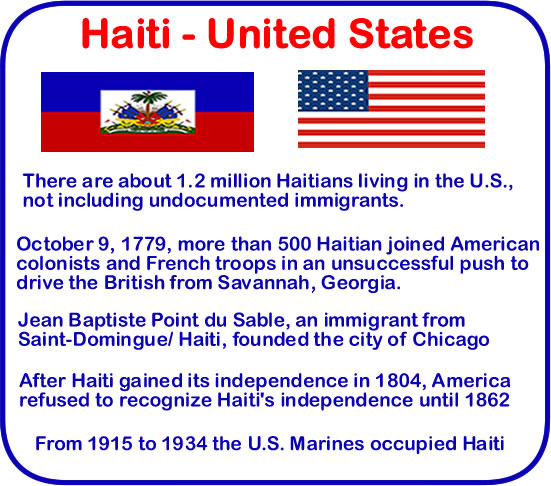
 Newsletter
Newsletter 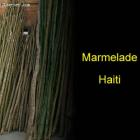 Marmelade, Haiti
Marmelade, Haiti  Haiti tech Summit
Haiti tech Summit 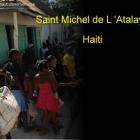 Saint Michel de L 'Atalaye
Saint Michel de L 'Atalaye 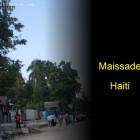 Maissade, Haiti
Maissade, Haiti